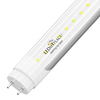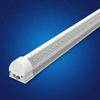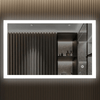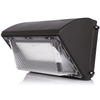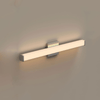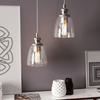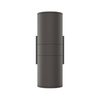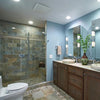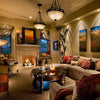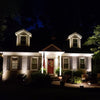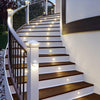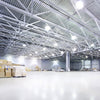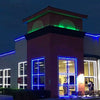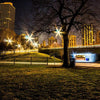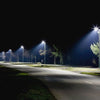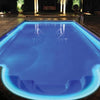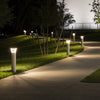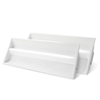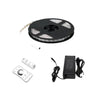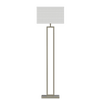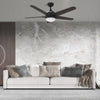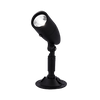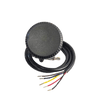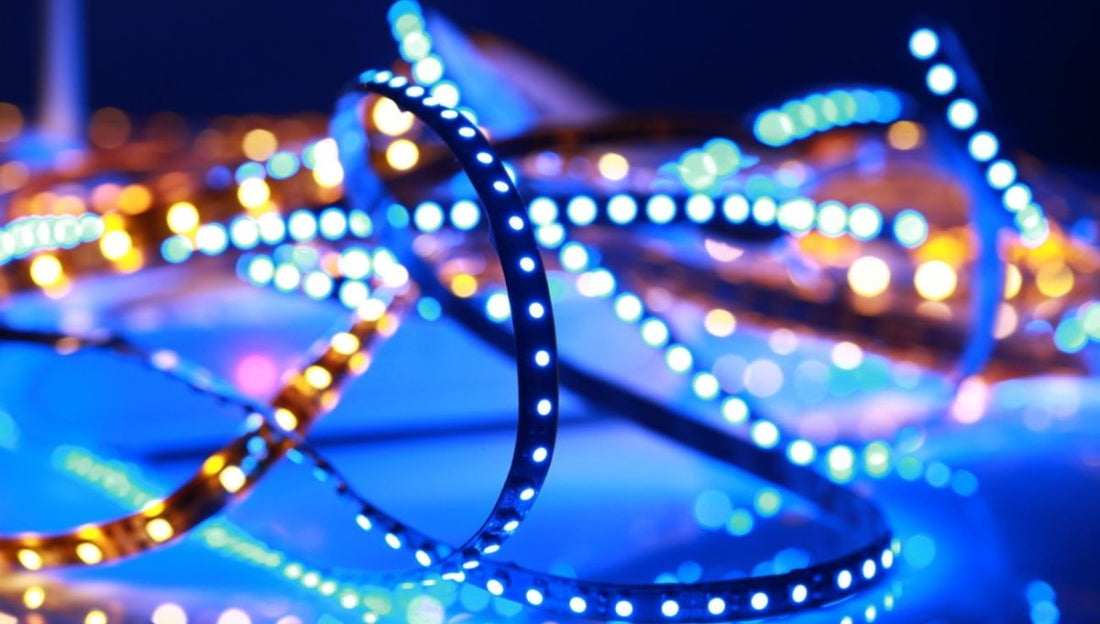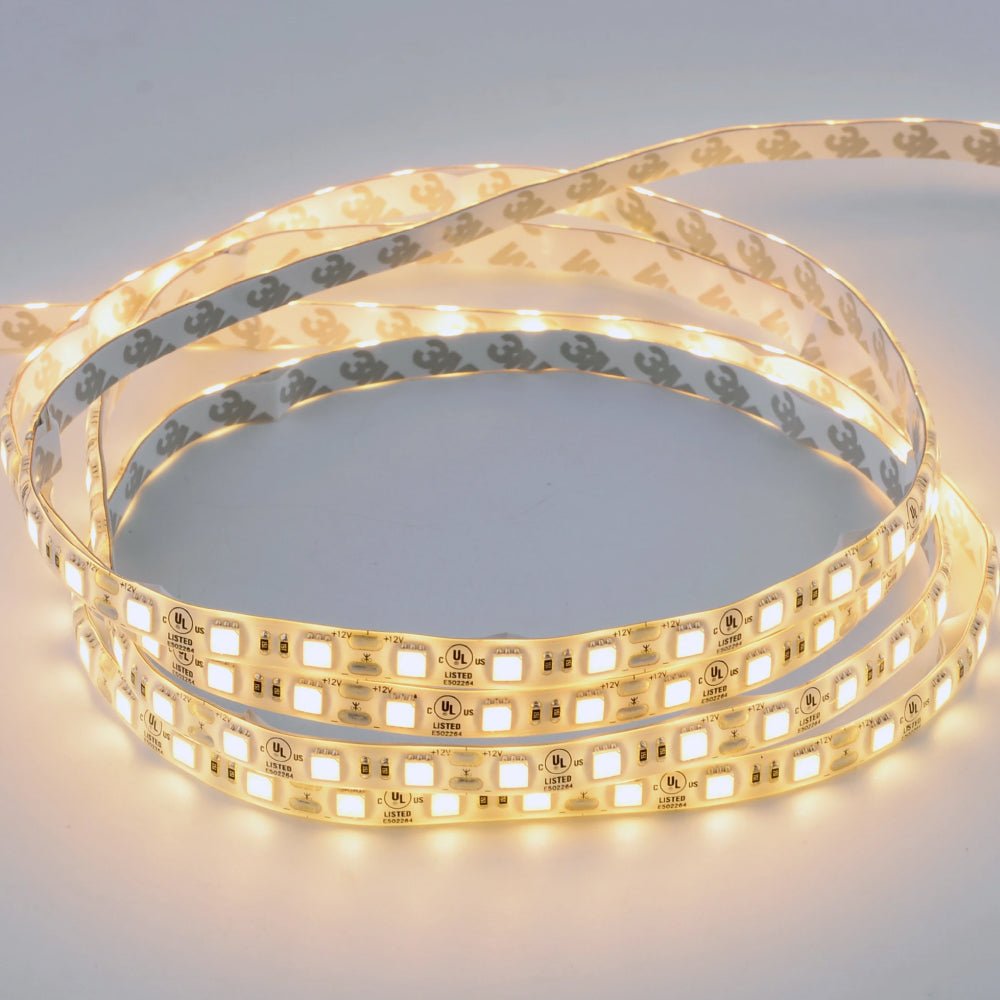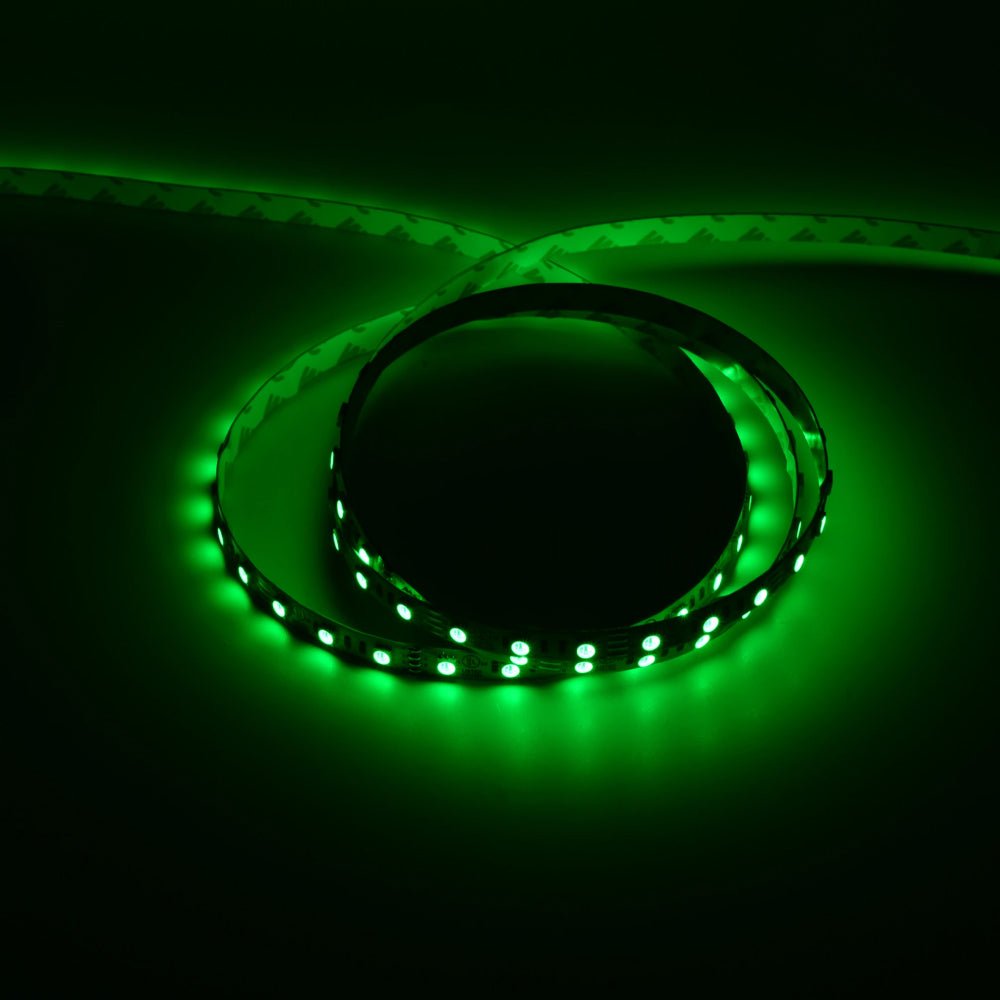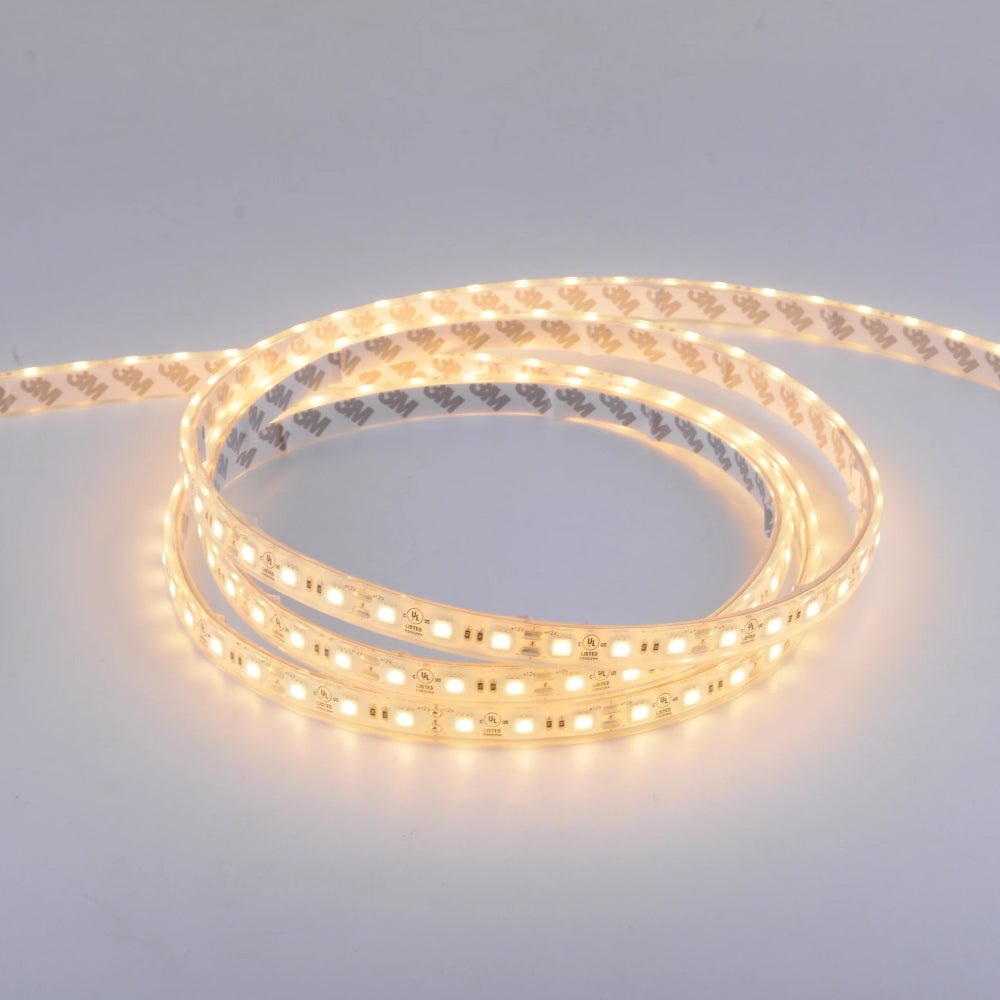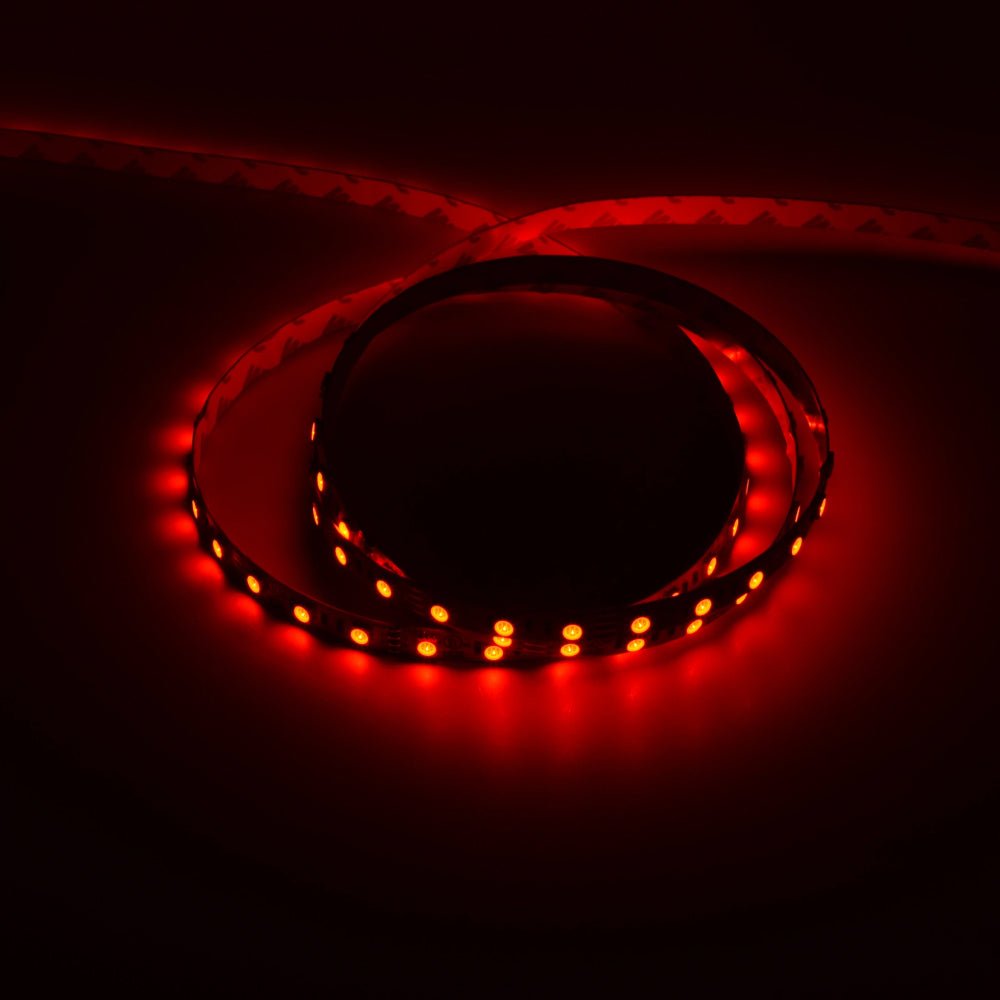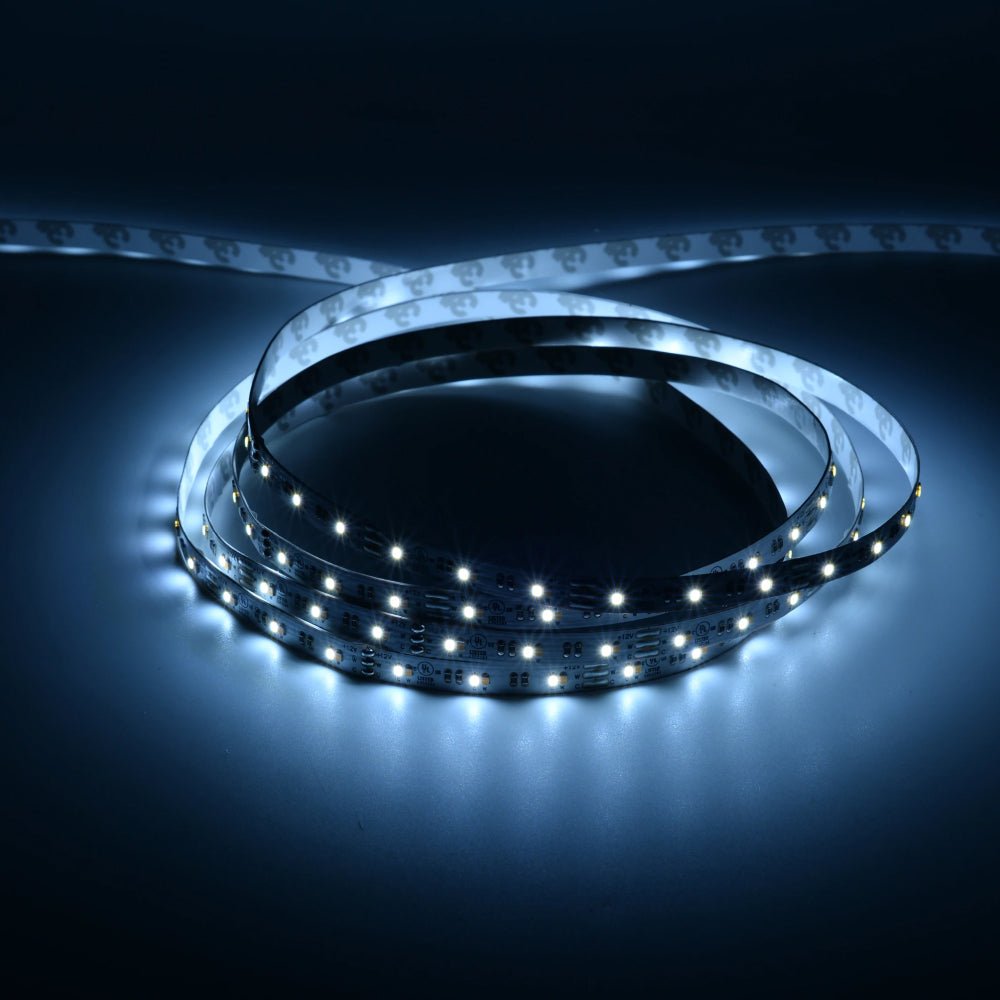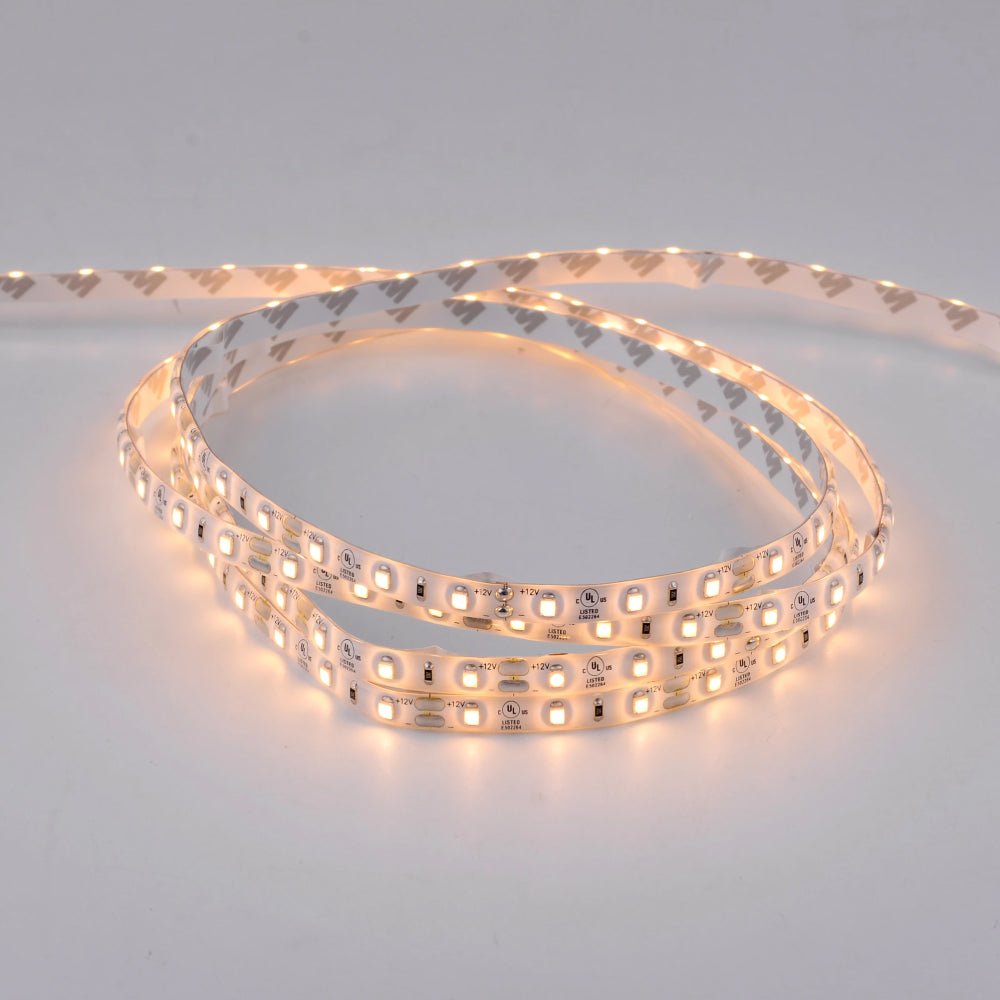Introduction
Ever looked around and wondered how our spaces have gotten so bright and energy-efficient at the same time? The answer lies in three simple words: Light Emitting Diodes, or more commonly known as LED lights. Dive into the world of LED lights with us, and by the end, you'll understand why they're everywhere!
History of LED Lights
LED technology isn't as new as you might think. Believe it or not, the foundation for LEDs was laid way back in the early 20th century. Fast forward to today, and they are indispensable, lighting up everything from our phones to our streets. It's like moving from bulky old TVs to sleek flat screens, but in the world of lighting!
Benefits of LED Lights
LEDs come with a plethora of benefits that make them the popular choice among consumers and industries alike.
Energy Efficiency
Have you ever wondered how your energy bills plummeted after switching to LED bulbs? That's because LEDs consume a fraction of the energy traditional bulbs do. Imagine running a marathon but only feeling like you jogged a mile. That's the energy efficiency of LEDs for you!
Durability
If bulbs had a superhero version, it'd be LED lights. They last much longer than their incandescent or fluorescent counterparts. You know that one toy from your childhood that just never broke, no matter what? That's LEDs in the world of lighting.
Safety
LEDs produce less heat. This means a reduced risk of burns or fires. It's like having a hot cup of coffee that doesn't burn your hand!
Different Types of LED Lights
The world of LED lights isn't just about the small bulbs you screw into your bedside lamp. It's vast and varied.
Miniature LEDs
Ever noticed those tiny lights on your remote control or the ones lighting up your digital watch? Those are miniature LEDs. They're like the ants of the LED world - small but mighty!
High-power LEDs
For tasks that require more brightness, like lighting up a room or the headlights in cars, we have high-power LEDs. Think of them as the bodybuilders in the LED gym.
OLEDs (Organic LEDs)
Common in screens for TVs and smartphones, OLEDs are made from organic compounds. They're the gourmet chefs of the LED world, offering richer colors and better contrast.
LED Arrays
When multiple LEDs come together to form a pattern or a grid, it's called an LED array. Imagine a football team, but each player is an LED. That's an LED array for you!

Applications of LED Lights
From our homes to our workplaces, LED lights are omnipresent.
Residential Use
In our homes, LEDs are used for general lighting, task lighting, and even for decorative purposes. It's like having a Swiss Army knife, but for lighting!
Commercial Use
Offices, malls, theaters – you name it! The bright and efficient nature of LEDs makes them perfect for commercial spaces. It's like choosing the star player for every game!
Industrial Use
In industries, LED lights play a pivotal role due to their durability and efficiency. They're the unsung heroes, working behind the scenes but making a huge difference.
Conclusion
LED lights have truly revolutionized the way we illuminate our world. They're the champions of the lighting world, leading the charge towards a brighter and more energy-efficient future. Next time you flip a switch, remember, you're not just turning on a light, you're embracing a piece of technology that has changed the world!
FAQs
-
What makes LED lights more energy-efficient?
- LEDs convert a higher percentage of energy into light, minimizing wastage in the form of heat.
-
Are LED lights safe for the eyes?
- While LEDs are generally safe, prolonged exposure to high-intensity blue light can strain the eyes. It's advised to take regular breaks if working under strong LED lights.
-
Can LED lights be used outdoors?
- Absolutely! There are specially designed LEDs for outdoor use that can withstand different weather conditions.
-
How long can an LED light last?
- On average, LED lights can last up to 25,000 hours or even more, depending on the usage and quality.
-
Do LED lights contain harmful chemicals?
- Unlike some other lighting options, LEDs do not contain hazardous chemicals like mercury.






